The Ultimate Guide to Summer Cover Crops: Boosting Soil Health and Garden Productivity
Summer cover crops are a cornerstone of sustainable farming and organic gardening. These warm season cover crops offer a wide range of benefits—improving soil structure, fixing nitrogen, suppressing weeds, retaining moisture, and attracting beneficial insects. During hot months when soils are vulnerable to erosion and nutrient loss, planting the right summer garden cover crops can make a dramatic difference in long-term productivity.
Whether you manage a backyard garden or a small farm, selecting and planting cover crop species tailored to your climate and soil can rejuvenate your land and prepare it for the next growing cycle.
New to cover cropping? Start with the Introduction to Cover Crop: A Growing Guide to understand the fundamentals.
What Are Summer Cover Crops?
Summer cover crops are plants grown during warm months specifically to enhance soil health rather than for harvest. These plants protect the soil surface, prevent erosion, build organic matter, suppress weeds, and improve biodiversity—all while helping prepare the soil for future planting.
Unlike cash crops, these are not grown for profit but to serve critical ecosystem functions. The best summer cover crops thrive in high temperatures and are commonly used to fill in gaps between main crops, especially during the summer season.
Explore more in The Essential Guide to Summer Cover Crops.

Benefits of Planting Cover Crops in Summer: Why Plant Cover Crops for Summer?
Improved Soil Fertility and Structure
A key benefit of planting cover crop species in summer is enhancing soil fertility. Leguminous summer cover crops, like sunn hemp and cowpeas, fix nitrogen naturally—reducing dependence on synthetic fertilizers. Learn more about the science behind this in Fixing Nitrogen in Your Soil: How That Happens.
The biomass from these warm season cover crops also adds organic matter, boosts microbial activity, and improves soil texture and water retention.
Weed Suppression and Natural Pest Control
Cover crops for summer grow quickly and shade the soil, making it harder for weeds to germinate. Certain species also attract beneficial insects that prey on pests, reducing the need for chemical interventions.
For more tips on managing your soil ecosystem, visit the Cover Crop Growing Guide and The Inside on Cover Crops.
Erosion Control and Moisture Retention
During summer storms or dry spells, bare soil is at risk. Summer garden cover crops protect the soil from runoff, minimize compaction, and enhance water infiltration. Their root systems help retain precious moisture, which is crucial in hotter climates.

Types of Summer Cover Crops
Choosing the right summer cover crop depends on your goals, soil type, and climate. Here are some popular options, including a few lesser-known types:
Legumes
Legumes are powerhouse nitrogen-fixers that enrich the soil naturally.
- Sunn Hemp: A fast-growing legume known for excellent nitrogen fixation and biomass production.
- Cowpeas: Heat-tolerant and drought-resistant, cowpeas enrich the soil and suppress weeds.
- Hairy Vetch: Another nitrogen-fixing legume, often used in blends.
For maximum nitrogen fixation, inoculate seeds with:
Grasses and Cereals
These warm season cover crops build biomass quickly and are excellent at improving soil structure.
- Sorghum Sudangrass: One of the best summer cover crops, it grows quickly, builds organic matter, and improves soil structure.
- Pearl Millet: Heat- and drought-tolerant, great for weed suppression and erosion control.
- Japanese Millet: Effective as a fast-growing ground cover and biomass provider.

Broadleaf Plants
Broadleafs provide quick cover and beneficial soil interactions.
- Buckwheat: Grows fast, accumulates phosphorus, and attracts pollinators.
- Mustards (e.g., Yellow Mustard): Acts as a biofumigant, helping to suppress soil-borne pests and diseases.
Additional Summer Cover Crop Options
- Foxtail Millet: A warm-season grass that grows quickly and builds organic matter.
- Cowpeas: Adapt well to hot climates and fix nitrogen.
- Sunflowers: Can be used as a summer cover to add biomass and attract pollinators.
Browse more seed options at Warm Weather Cover Crops and Cover Crop Seeds.
How and When to Plant Cover Crops for Summer
Timing
The best time for planting cover crop seeds for summer is from late spring to early summer, when soil temperatures are consistently above 60°F. Fast growers like buckwheat can be planted well into summer and tilled under in just 4 weeks.
Planting Steps
- Clear old vegetation and debris.
- Choose seeds based on your goals (weed suppression, nitrogen, biomass).
- Inoculate legumes if needed.
- Broadcast or drill seeds evenly.
- Water lightly if rain is scarce.
Use our Cover Crop Solution Chart to match your needs with the right seed mix.
Looking for a ready-to-use blend? Try the Summer Soil Builder Mix, which includes cowpeas and buckwheat for a complete summer soil fix.

Green Manure: Turning Summer Cover Crops Into Soil Gold
Many summer cover crops double as green manure, meaning they’re grown specifically to be tilled into the soil to release nutrients and add organic matter. This method enhances soil fertility, structure, and microbial diversity.
Learn how to incorporate them in this helpful Green Manure Video, or browse the full Green Manure Collection. For a step-by-step breakdown, read Turning Cover Crops Into Green Manure.

Conclusion
Incorporating summer cover crops into your gardening or farming routine is one of the smartest, most cost-effective ways to restore your soil during the hottest months. Whether you’re targeting nitrogen replenishment, weed suppression, or erosion control, these warm season cover crops provide lasting ecological and economic benefits.
By choosing the best summer cover crops based on your location, soil type, and goals—and understanding the right methods for planting cover crop species—you’ll set yourself up for a healthier, more productive harvest season.
Ready to plant? Browse our full line of summer cover crop seeds for sale and get started today!
Additional Resources and Seed Purchasing
- For more detailed information and resources, visit the essential guide here: The Essential Guide to Summer Cover Crops: Boosting Soil Health and Farm Productivity.
- Learn more about cover crops in general at Cover Crops and The Inside on Cover Crops.
- Discover the economic and environmental benefits at Invest in Cover Crops This Fall, Save on Fertilizers Come Spring.
- Browse a full range of seeds and mixes at Cover Crop Seeds.
FAQs: Growing Cover Crops and Green Manure in the Summer
-
What are the benefits of growing cover crops and green manure in the summer?
-
Growing cover crops and green manure in the summer helps protect soil from erosion, improve soil fertility, and suppress weeds. They can also add organic matter to the soil, support beneficial insects, and enhance soil moisture retention, which is particularly useful in drought-tolerant environments.
-
-
Can summer cover crops be planted in sandy soils?
-
Yes, summer cover crops can be successfully planted in sandy soils. For example, buckwheat and sorghum sudangrass are well-suited to these soil conditions and help improve soil structure and moisture retention.
-
-
How do summer cover crops affect subsequent cash crops?
-
Summer cover crops benefit subsequent cash crops by fixing nitrogen, adding organic matter, and improving soil structure. This leads to better nutrient availability and overall soil health for the following crop.
-
-
When should I plant summer cover crops?
-
Summer cover crops are typically planted in mid-May or early spring, before the growing season gets too hot. This timing allows the cover crops to establish and provide maximum benefits before the onset of summer heat.
-
-
What happens if summer cover crops are left on bare soil through the winter?
-
If summer cover crops are left on bare soil through the winter, they may be subject to winter kill due to cool weather and freezing temperatures. This can result in the decomposition of the cover crops, which still contributes to soil organic matter and improves soil fertility.
-
-
How do green manure crops differ from winter cover crops?
-
Green manure crops are grown specifically to be incorporated into the soil to add organic matter and nutrients, whereas winter cover crops are planted to protect soil during the off-season. Green manure crops decompose rapidly, releasing nutrients and improving soil structure, while winter cover crops may help prevent erosion and improve soil conditions during winter months.
-


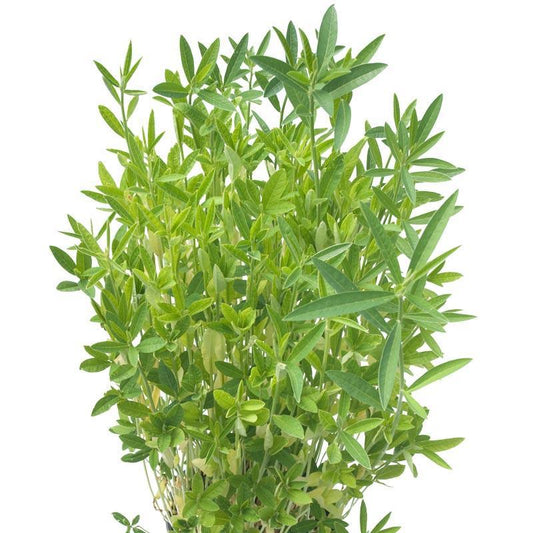
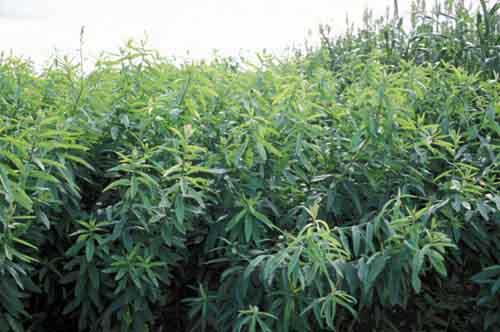
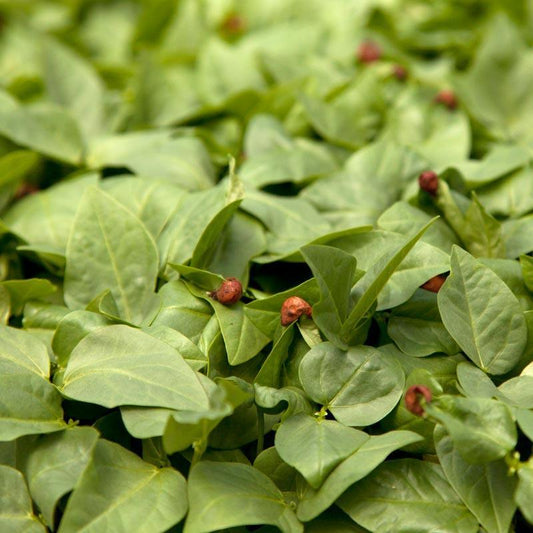
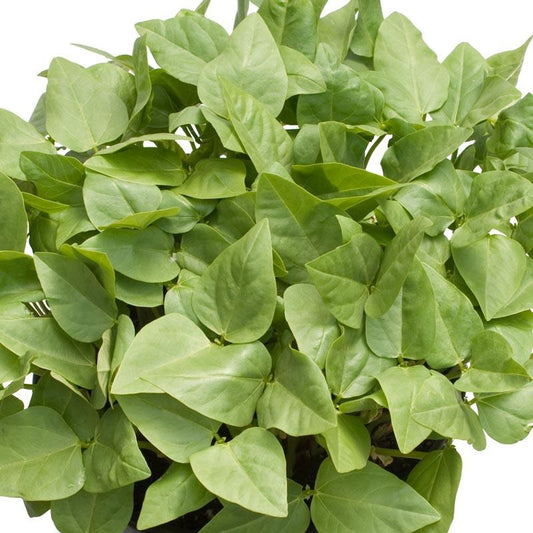
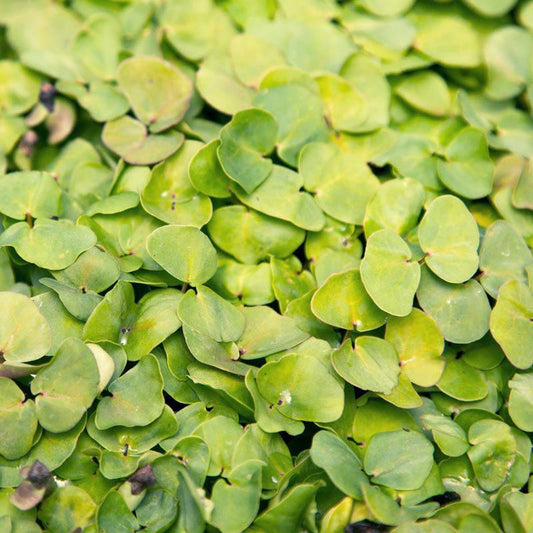
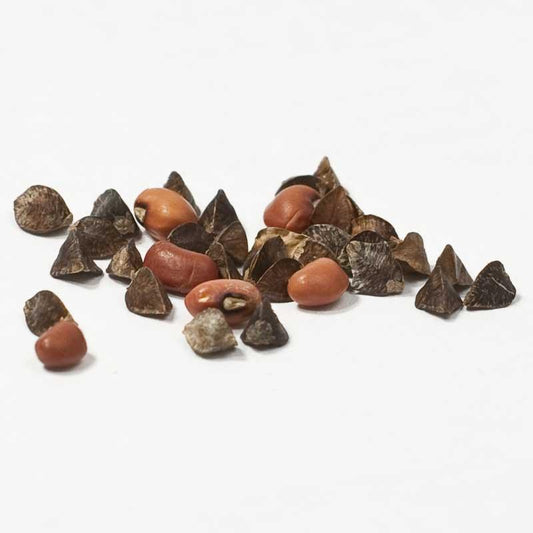
11 comments
Peter, you can plant the PV Summer Soil Builder mix. It contains a mix of buckwheat and beans. The buckwheat will pull out insoluble phosphorus and make it available once the plant decomposes. Also the beans will fix nitrogen (if you use the seed inoculant), and supplement your soil. Both plants will add biomatter to the soil as well.
Hi grow alot of cabbage and broccoli throughout winter need a good cover crop for spring&summer i run bout 40 acres any help appreciated
Darryl, well if you want a perennial, you might want to consider something like Birdsfoot Trefoil or look at some clovers. Other summer cover crops like buckwheat and some legumes, will need to be cut before they go to seed and will not regrow.
I’d like to plant a cover crop for the summer. I don’t want to turn it over early, just let it grow although I can cut it regularly To avoid reseeding. Just don’t want to leave bare soil all summer. Suggestions?
Michael, your legumes in the mix will grow just fine. Typically soils may not have the right soil biology to fix nitrogen on the roots of the legumes. Inoculating them just ensures a good level of the right rhizobacteria to fix nitrogen.